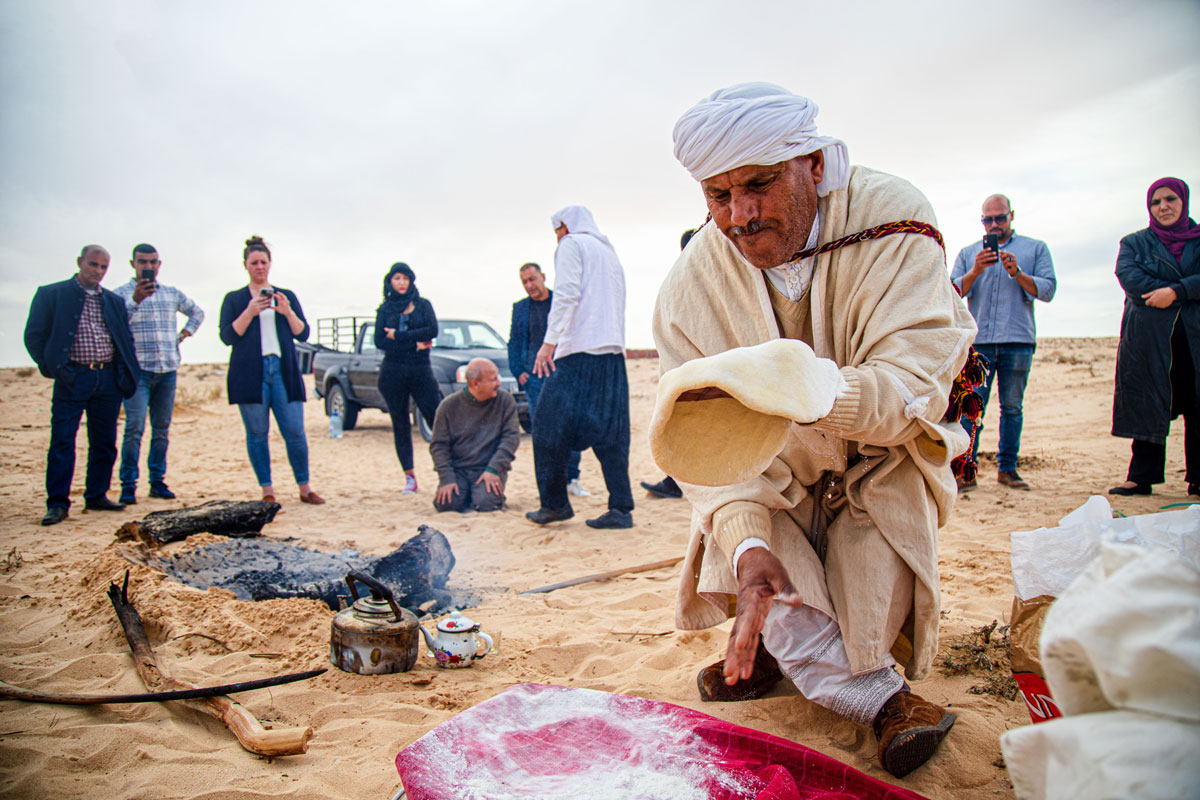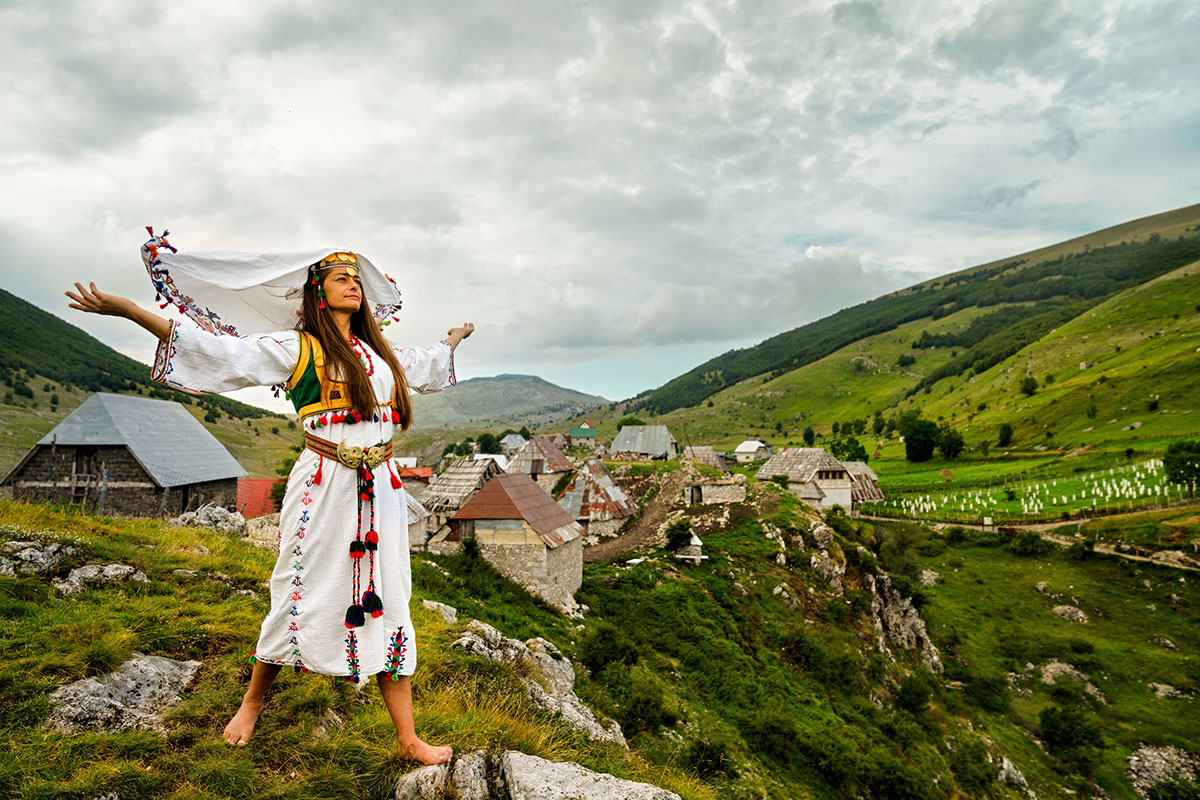Through our community-based approach, we design tourism experiences to support tradition-bearers and to ensure their communities benefit from having their cultural heritage shared with the world.
The Cultural Heritage Tourism Initiative uses research and presentation methods from the Smithsonian Folklife Festival to curate engaging, inclusive, and sustainable community-based tourism experiences. We help hosts convey their heritage by working together to create extraordinary experiences—both immersive and unforgettable—instilling a sense of place and leaving travelers with enduring memories.













